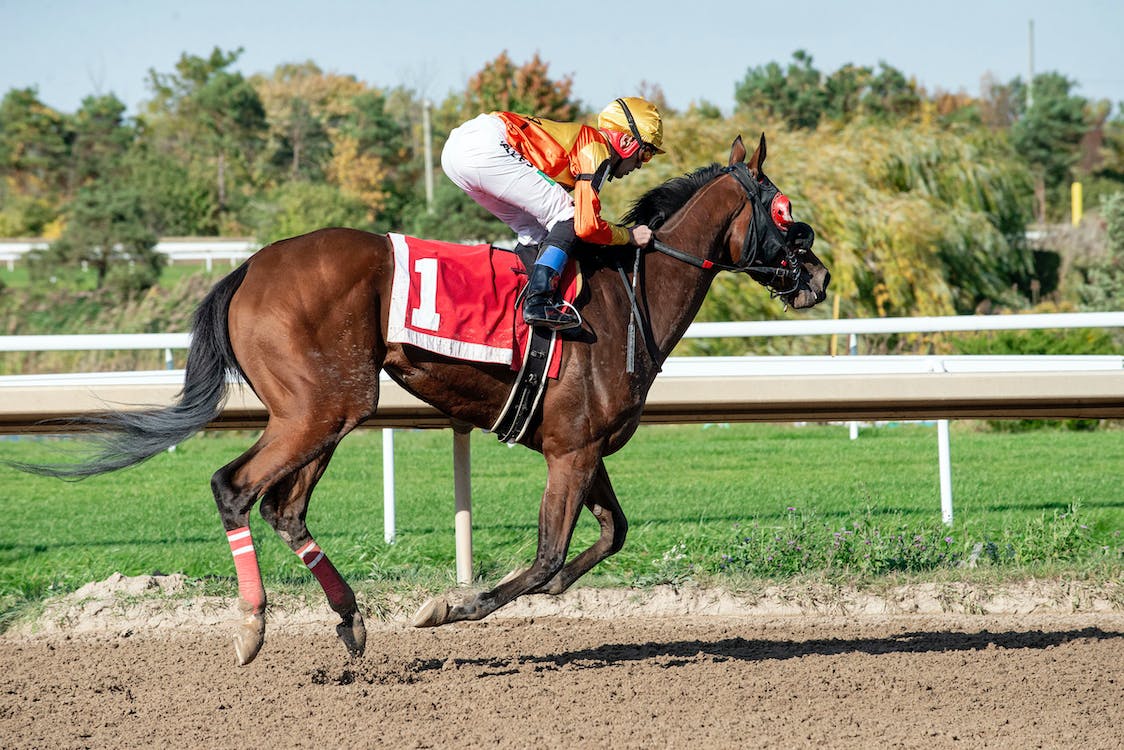Horse racing is an age-old sport that has been enjoyed by people all around the world for centuries. Horse racing requires a lot of care for the horses, and maintenance of the facilities to ensure the racecourse for example, is in top condition for every race. Not only does this help promote safety for both the riders and the horses, but it also helps keep the track from becoming overly worn down or damaged over time. This can have a great effect on the races and all associated events. For instance, if things are not right with the Pucnchestown racecourse, then naturally, the Punchestown betting outcomes would be affected since a track that is in poor condition can cause horses to struggle or even be injured during the race.
Properly maintaining a horse racecourse involves caring for not just the surface of the track itself, but also any other features that may be present onsite. This includes ensuring that any obstacles such as fences or jumps are kept in good repair and free of debris or obstructions. Regular grooming and watering of the track will help prevent dust buildup and reduce wear caused by hooves pounding against it during races.

The basics of racecourse maintenance
Horse racecourse maintenance is an important part of keeping the track in top condition for racing. Proper maintenance helps ensure the horses have a safe and enjoyable experience while running on the track. The first step in maintaining a horse racecourse is regular inspection. This includes checking for any signs of wear or damage, such as cracks, bumps or uneven surfaces. Once any issues are identified they should be addressed immediately with repairs or replacements as needed.
In addition to regular inspections and repairs, proper drainage is essential for horse racecourse maintenance. Poor drainage can lead to waterlogging and mud patches which can make it difficult for horses to run safely and comfortably on the track. To prevent this from happening drains should be installed around the perimeter of the course and along its length so that excess water can be quickly removed from the surface of the track.
Regular grooming is necessary in order to keep grasses healthy and free from weeds or other pests which could affect performance during races. Grooming involves mowing grasses at least once per week and removing dead leaves or other debris from around the edges of the course so that horses have a clear path when running around it.
The benefits of regular racecourse maintenance
Regular maintenance of a horse racecourse is essential for the safety and well-being of both horses and riders. Properly maintained tracks provide a safe, even surface that allows horses to move freely without slipping or stumbling. This helps reduce the risk of injury to both horse and rider.
Regular maintenance ensures the track remains free from debris such as stones, sticks and other objects that could cause harm to the hooves of horses. It helps keep the track in good condition by preventing erosion and ensuring proper drainage. This prevents waterlogging which can lead to muddy conditions that are dangerous for horses to run on.
Maintaining the field regularly also helps keep up an aesthetically pleasing appearance which can help attract more spectators and increase revenue for the racecourse owners.
Environmentally friendy practices for racecourse maintenance
Horse racecourses should strive to minimize their carbon footprint by implementing energy-efficient and water-conserving practices. This includes the use of renewable energy sources such as solar or wind power to run equipment and facilities. Water can be conserved by using low-flow irrigation systems, mulching around plants to reduce evaporation and harvesting rainwater for reuse.
Racecourses should consider utilizing non-toxic weed control methods such as mechanical removal or natural herbicides instead of chemical pesticides that could have negative impacts on the environment. Waste management is an important factor in maintaining a green horse racing course; composting organic materials and recycling paper products are two ways to reduce landfill waste.
In essence, it is always proper to keep a horse racecourse well maintained to ensure the safety and wellbeing of both horses and riders, and to keep the track in good condition for racing events.
